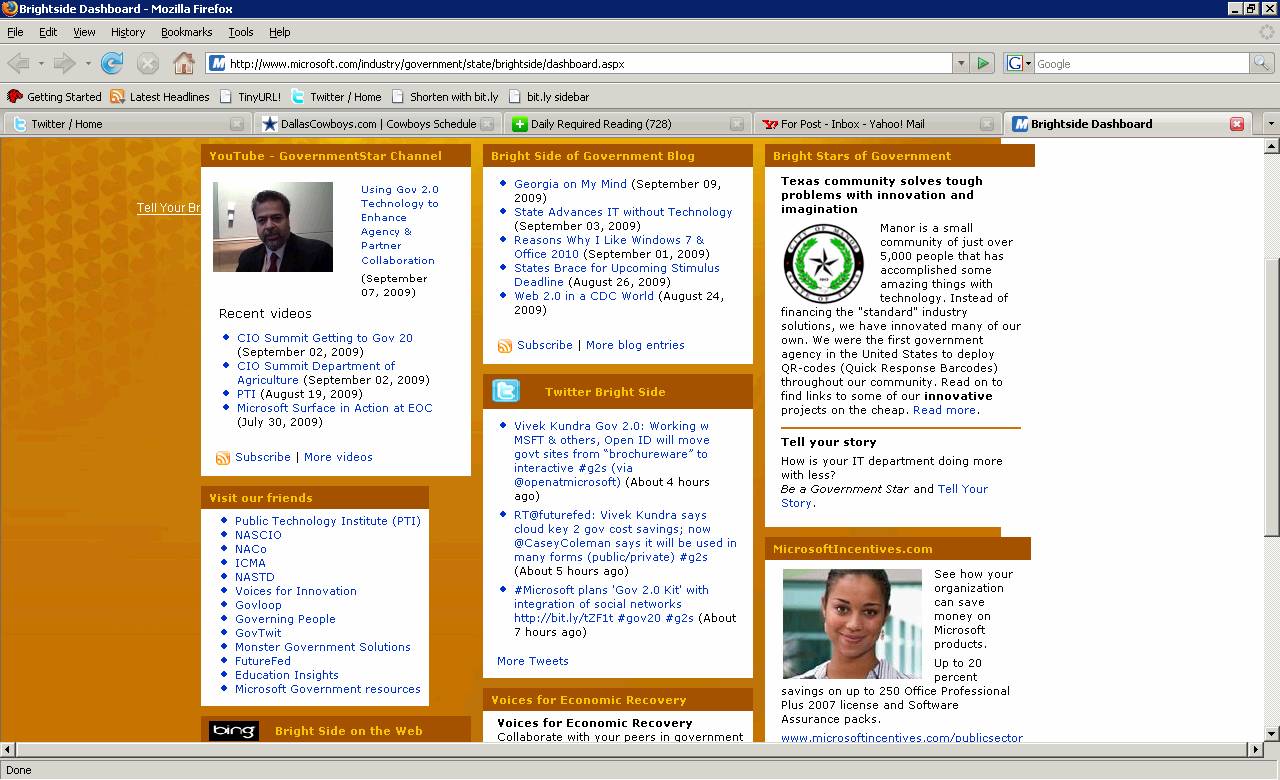“Content is King” — that’s long been dogma in the publishing world, and rightly so. But the maxim also holds for any web site or blog, including b2b. Most companies have large amounts of interesting information in many formats — presentations, white papers, spreadsheets — that can make for valuable online content. However, some do a better job than others in making good content easy to find.
Jeff Bezos of Amazon famously said that for every click required you lose 50% of your potential audience. I have no idea if that is backed up with statistical research, but it’s a useful benchmark when evaluating your online properties. How easy or difficult are you making it for visitors to find information? For every click, you’re losing half your potential traffic.
This week Strategic completed two projects for clients that focused on this question. For both BT and Microsoft, we helped them present their online content in easy and intuitive ways.
For BT’s Secure Thinking blog, we broke out various types of security information into channels — compliance, services, ROI, etc. This makes is far easier for users to find exactly the type of security information they’re most interested in.
Microsoft’s Bright Side of Government (their state and local group) site went for a more portal type structure. Right off the front page they make it simple to find their YouTube channel, Twitter stream, blog, customer success stories and special resources:

Front Page Screen Capture
Some of you may be saying “jeez Chris, this isn’t rocket science, it’s common sense.” Exactly! It’s like a lot of things related to social media — 20% inspiration, and 80% perspiration. It’s carrying through to completion logical extensions of your communications tactics, keeping in mind they should always reinforce your business strategy.
Take a fresh look at your corporate site/blog — how long since its been refreshed? For a first-time visitor, how easy is it for them to find the information you think is most important?
No doubt, content still is king. You just need to put some thought into its presentation, not just its creation.